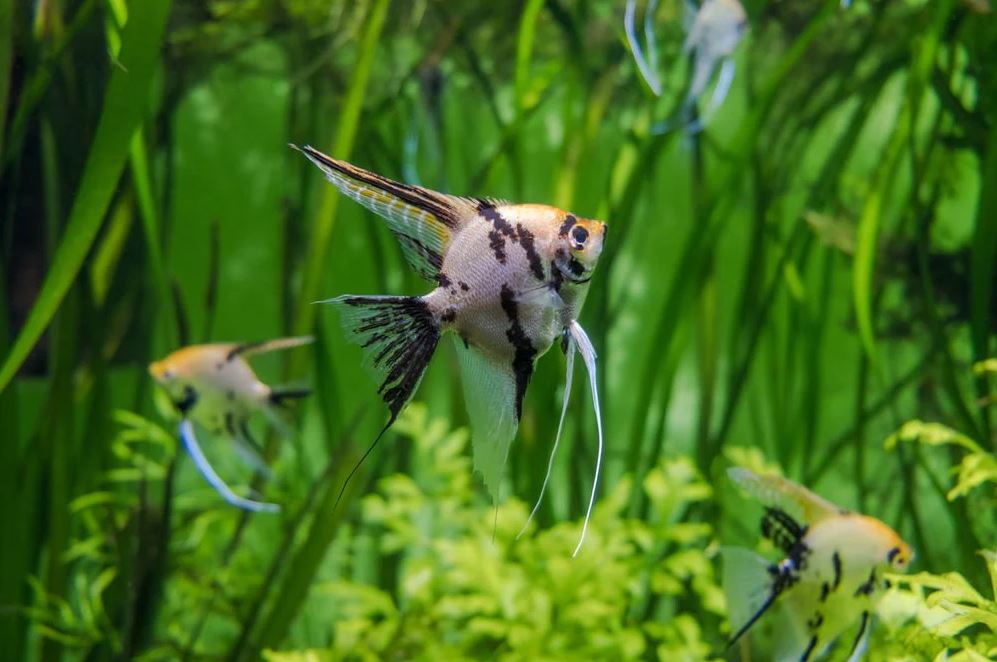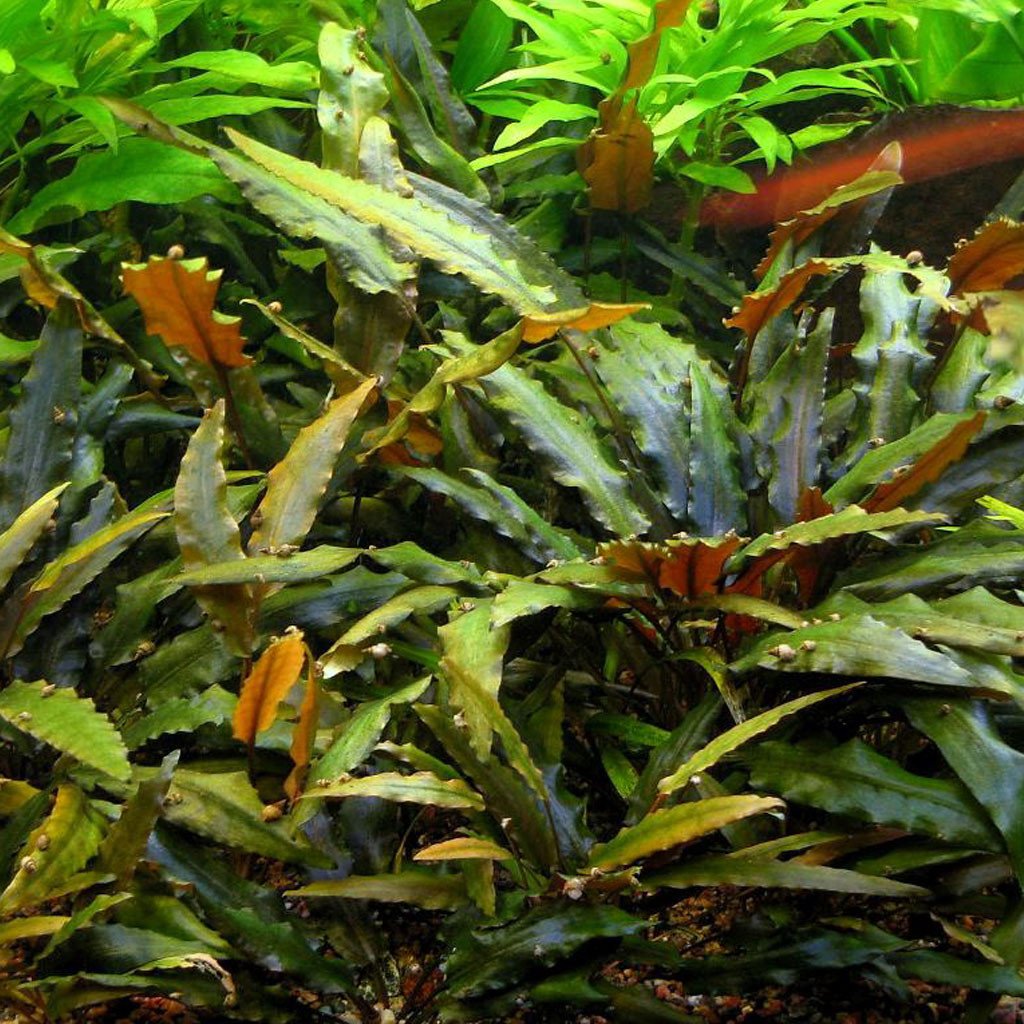
Getting Started with Making an Aquarium: A Beginner's Guide

Creating a home aquarium can be an immensely rewarding hobby. The vibrant colors of the fish, the soothing sound of water, and the calming presence of an underwater ecosystem can transform any space into a serene retreat.
If you're new to the world of aquariums, this guide will help you get started on the right path.
Choosing the Right Aquarium
When selecting an aquarium, size is a crucial consideration. Although it might seem counterintuitive, larger tanks (20 gallons or more) are often easier to maintain than smaller ones. Larger volumes of water provide a more stable environment, handling fluctuations in temperature and water quality more effectively. This stability is particularly beneficial for beginners who are still learning the intricacies of maintaining an aquarium.
The location of your aquarium is another vital aspect to consider. It’s best to place your aquarium away from direct sunlight and drafts. Direct sunlight can cause rapid temperature changes and promote algae growth, while drafts can lead to unstable temperatures. Finding a stable environment within your home will help ensure a consistent water temperature and a healthier habitat for your fish.
Material choice is also important when selecting an aquarium. Most aquariums are made of either glass or acrylic. Glass tanks are typically more affordable and resistant to scratches. On the other hand, acrylic tanks are lighter and stronger but can be more prone to scratches. Each material has its advantages, so choose the one that best suits your needs and preferences.
Setting Up Your Aquarium
Once you've chosen your aquarium, it's time to set it up. Start by thoroughly cleaning the tank with water. Avoid using soap or any chemicals, as residues can be harmful to fish. Next, place the tank on a sturdy, level surface that can support its weight when filled with water, substrate, and decorations.
Adding a substrate is the next step. Gravel is a popular choice for beginners, as it’s easy to clean and comes in various colors. Rinse the gravel thoroughly before adding it to the tank to remove any dust and debris.
With the substrate in place, it's time to add water. Use a water conditioner to remove chlorine and other harmful chemicals from tap water. Fill the tank about halfway, then add any decorations, such as rocks, driftwood, and plants. Live plants can help maintain water quality by absorbing nitrates, but artificial plants are easier to care for and still provide hiding spots for fish.
Installing Equipment
Proper equipment is essential for maintaining a healthy aquarium environment. A good filter is crucial for keeping the water clean and removing waste. Choose a filter that is appropriate for the size of your tank and follow the manufacturer's instructions for installation.
A heater is necessary for tropical fish, as it maintains a stable water temperature. Most tropical fish thrive in temperatures between 75-80°F (24-27°C). Select a heater suitable for your tank size and set it to the desired temperature.
Lighting is another important component, especially if you have live plants. Full-spectrum LED lights are energy-efficient and provide the necessary light spectrum for plant growth. Set the lights on a timer to simulate a natural day-night cycle, usually 8-10 hours of light per day.
Cycling Your Tank
Before adding fish, it's essential to cycle your tank. This process establishes beneficial bacteria that help break down waste and maintain water quality. Cycling can take several weeks, so patience is key. You can speed up the process by adding a bacteria starter product or using filter media from an established tank.
Adding Fish
Finally, it's time to add fish to your aquarium. Start with a few hardy fish species that can tolerate the cycling process, such as guppies, mollies, or zebra danios. Introduce them slowly, acclimating them to the water by floating the sealed bag in the tank for about 15-20 minutes. Gradually add small amounts of tank water to the bag to help the fish adjust to the new environment.
Maintaining Your Aquarium
Regular maintenance is crucial for a healthy aquarium. Perform weekly water changes, replacing 10-20% of the water to remove waste and maintain water quality. Clean the substrate with a gravel vacuum and wipe down the glass to remove algae.
Monitor water parameters regularly, testing for ammonia, nitrite, nitrate, pH, and temperature. Keeping these parameters within the appropriate ranges will ensure a healthy environment for your fish.
What Are You Waiting For?
Starting an aquarium can be a fulfilling and educational experience. By choosing the right tank, setting it up properly, and maintaining it diligently, you can create a beautiful underwater world that brings joy and relaxation to your home.
And the best part? we have everything you’ll need to get started here at Marcus Fish Tanks!
Happy fishkeeping!
- Marcus

